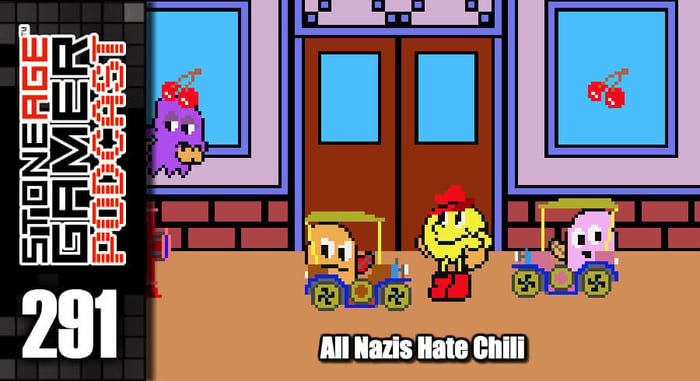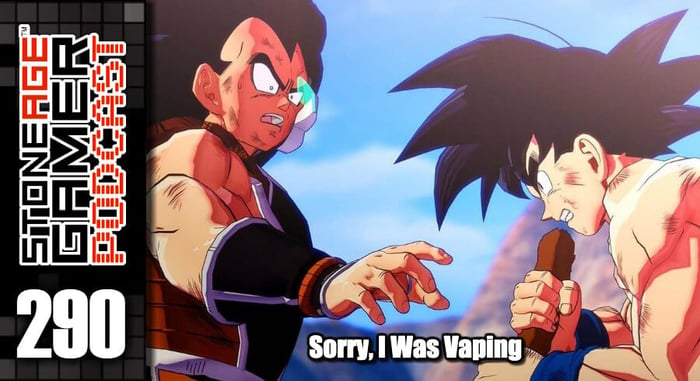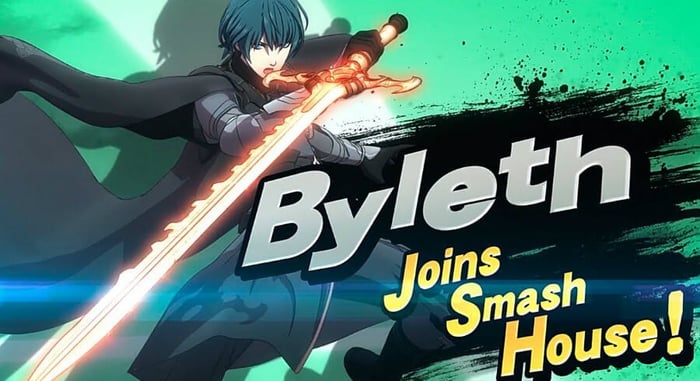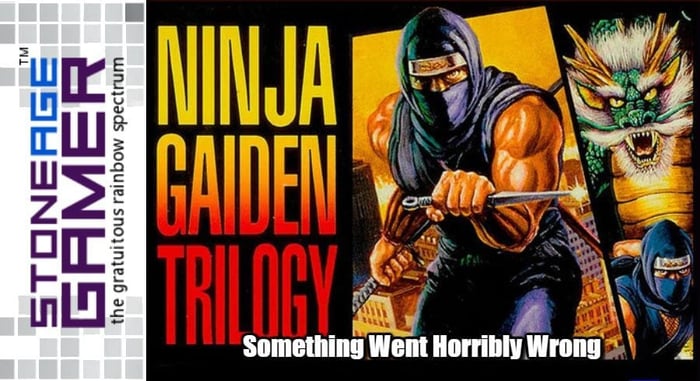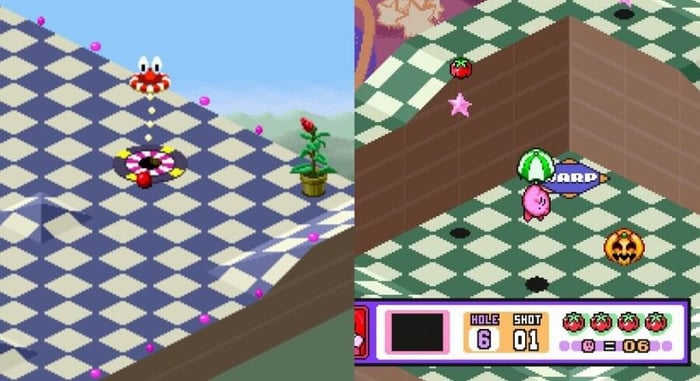
Same Game, Different Name
When games start life as other games
I’ve been on a bit of a Ninja Gaiden kick lately. The original NES games are among my favorite games on the platform. Well, the first two are. I’m not really a fan of Ninja Gaiden III: The Ancient Ship of Doom, but maybe it will click with me someday.
Anyway, classic Ninja Gaiden is a tragically under-appreciated thing these days. Not under-appreciated by gamers certainly, as it’s still a pretty well-respected thing among retro heads, and between The Messenger and the upcoming Cyber Shadow, indie developers are more than aware of the potential the franchise’s 2D roots still have. Tecmo, on the other hand, hasn’t seen fit to do much of anything with Ninja Gaiden since their 3D modern reboot series crashed and burned with Ninja Gaiden 3: Razor’s Edge and Yaiba: Ninja Gaiden Z.
There was a fourth classic Ninja Gaiden game though, and it’s one I’ve never spent any time with. That game is Ninja Gaiden Shadow for the Game Boy.
Shadow of the Ninja
It’s not that I didn’t know the game existed, or that it had a bit of a weird history, it’s just that by the time I actually got myself a copy, I was so busy I never took the time to play the darn thing. It got me thinking though, it really is weird when games turn into other games. Let me explain.
Ninja Gaiden Shadow is a real official Ninja Gaiden game, but its original intent was to be something else entirely.
Back in 1990, Natsume made an NES game called Shadow of the Ninja. It had a few things in common with Ninja Gaiden at the time, but it added some neat stuff like being able to hang from ledges. As many others did at the time, the idea came up to port the game to the Game Boy, but somewhere along the way the decision was made to team up with Tecmo and make it into a Ninja Gaiden game instead.
I’m assuming it had to do with the fact that Shadow of the Ninja didn’t exactly set the world on fire, and Ninja Gaiden was a pretty massive brand by that point. The resulting game, at least based on the limited time I’ve spent with it, feels about as much like Ninja Gaiden as Castlevania II: Belmont’s Revenge or Mega Man: Dr. Wily’s Revenge felt like their console siblings. In retrospect, even more so since Ninja Gaiden III: The Ancient Ship of doom added the ledge grabbing mechanic.
I love stories like this. They’re just so weird, and they got me thinking about some of the other cases where games completely changed branding for one reason or another.
Panic at the Doki
The most obvious one was Super Mario Bros. 2. It’s hardly a secret that what we got here in the US as Super Mario Bros. 2 was originally released in Japan as a Famicom Disk System game called Yume Kojo: Doki Doki Panic. They swapped out the original characters with Mario characters, changed up a few things, etc., etc. You know the story. But it’s such a fascinating tale, I never get tired of seeing where it came from. I first learned about it in the Nintendo Power Mario Mania Player’s Guide.
This awesome book was a Super Mario World strategy guide first and foremost, but the front chunk was devoted to Mario’s history, including a small blurb at the bottom of one of the pages showing a screenshot of Doki Doki Panic and explaining what happened. Blew my tiny little mind, I’ll tell you that for free.
Not avoiding the Noid
Another tale like this came in the form of Yo Noid for NES. I always suspected there was something more to this game because it seemed too well-made for a pizza mascot game. I understood Duck Tales because it was Disney and they had a pretty big reach, that and TV licenses hadn’t always been terrible. Cool Spot would shake things up, but that hadn’t happened yet. All I really had to go on was Kool-Aid Man for Atari 2600 and that McDonalds game. Something was definitely up with Yo Noid, but without the internet at my fingertips, I couldn’t prove anything.
Of course, years later, I learned that Yo Noid is actually a game called Kamen no Ninja Hanamaru, which explains why the Noid was collecting what looked like scrolls, but that minor detail aside, this was a pretty thorough reskin. The music is largely the same, but almost all of the graphics have been completely replaced. The actual level designs are nearly identical, but where the first stage of Yo Noid has you on a series of boats floating up and down in the water, Kamen no Ninja Hanamaru puts you on a series of islands that float up and down (for some reason).
The Noid’s yo-yo mechanic is way cooler in Kamen no Ninja Hanamaru though, as the main character is a ninja dude who attacks with his bird companion. The bird moves the same way as the yo-yo, but birds are cooler than yo-yos. Of course, most things are better without the Noid, so Kamen no Ninja Hanamaru being a much cooler premise is no kind of surprise. It’s still neat to watch the two of them side by side.
Blasting Again
Another game that always seemed suspicious to me was Blaster Master Boy. I didn’t actually get the chance to play this game when I was a kid because I never actually physically saw the thing. I knew of its existence because of screenshots in magazines, but as far as seeing it in stores, that just didn’t happen. But what I saw and heard gave me pause. Why would they make a Blaster Master game based entirely on the segments that take place out of the tank? That’s easy. They didn’t.
Blaster Master Boy was a surprisingly effective and simple rebranding of a game called Bomber King: Scenario 2. Bomber King was itself a spinoff of the Bomberman franchise (I think) and released in the US as Robowarrior. I guess they decided the Blaster Master branding was a better bet in the US and Europe, so they changed the title screen and that’s pretty much it. It works surprisingly well as a Blaster Master spinoff of sorts, especially since the main character looks pretty much the same as Jason in his suit, but you can sort of tell that something’s off. Cool game, but Blaster Master without the tank segments isn’t really Blaster Master.
Adventure Boy in Wonder Island
Now this next one’s its own can of worms, or multiple cans of worms if we’re being real. Back in the old days of NES vs Master System, I found this game to be particularly fascinating. A friend of mine rented Adventure Island for NES and I played it at his house. I thought it was pretty neat.
Then my other friend got a game on his Master System called Wonder Boy, and it was the same darn game! Again, my small mind immediately thought Sega was ripping off Nintendo. I would later learn that nothing could have been farther from the truth. Adventure Island was Hudson’s port of Sega’s original Wonder Boy arcade game. The game’s original developer, Escape, had sold Sega the rights to the Wonder Boy name, so Hudson just replaced the main character and moved on from there.
That’s pretty weird on its own, but the story of Wonder Boy and Adventure Island gets WAY stranger and more convoluted from there. There’s a Wonder Boy game called Adventure Island, Super Adventure Island II plays like Wonder Boy III: The Dragon’s Trap, which is an entirely different game than Wonder Boy III: Monster Lair, and so on. But that’s a story for another time.
Almost Turrican 2. Almost perfect.
One of the more amusing rebranding tales I’ve come across is the strange case of Universal Soldier for Sega Genesis. Universal Soldier is actually Turrican 2, but since Accolade figured the Turrican brand wasn’t super strong, and they had acquired the rights to make a game based on Universal Soldier, they thought they’d kill two birds with one stone and just make Turrican 2 Universal Soldier.
The problem with this is that Turrican is a much more sci-fi brand than Universal Soldier. So you wind up with Jean-Claude Van Damme rolling into a spiky ball and dropping bombs all over the place and a gigantic Dolph Lundgren as one of the bosses replacing a giant robot. It’s frankly hilarious.
Hole in two
Probably my favorite one of these stories I learned about via an old Super NES promo poster.
I loved these old things. I’d hang them up on my bedroom walls and just pour over them, eagerly awaiting the next releases, and generally enjoyed seeing all these games displayed in one place. I’ve also always been a sucker for isometric 3D games like RC Pro Am, Cobra Triangle, and Snake Rattle n Roll. So when I saw Special Tee Shot show up on this poster, I was appropriately stoked. I also love mini-golf, so this weird, wacky take on the sport appeared to be right up my alley. Then a good while later, I saw this TV commercial.
I said to myself “Hey! That’s Special Tee Shot!”
Having been a fan of Kirby’s Pinball Land, I had a lot of confidence in Kirby games that weren’t platformers, so I was really hyped for Dream Course. Turns out the game was everything I had hoped. It’s great! Still, I’d always wanted to learn more about the game it was originally. I saw a couple of other screen shots in magazines, and after having exhaustively played Dream Course, I knew there were things in Tee Shot that didn’t make it into the final game.
The good news for me is the prototype was dumped online last year, so now I can finally take some time and go through the original non-Kirby version and see all the wacky stuff they originally planned! I’ve watched some videos and there’s all sorts of different abilities, unique stages, alternate music, it’s nuts! It’s like a whole new game! Seriously, there’s so much stuff they cut out for Dream Course they literally could release it as its own separate game and get away with it. They really should make a new one of these. It’s just so darn good.
So what do you think? Are there any games you love that started out as something else entirely?


